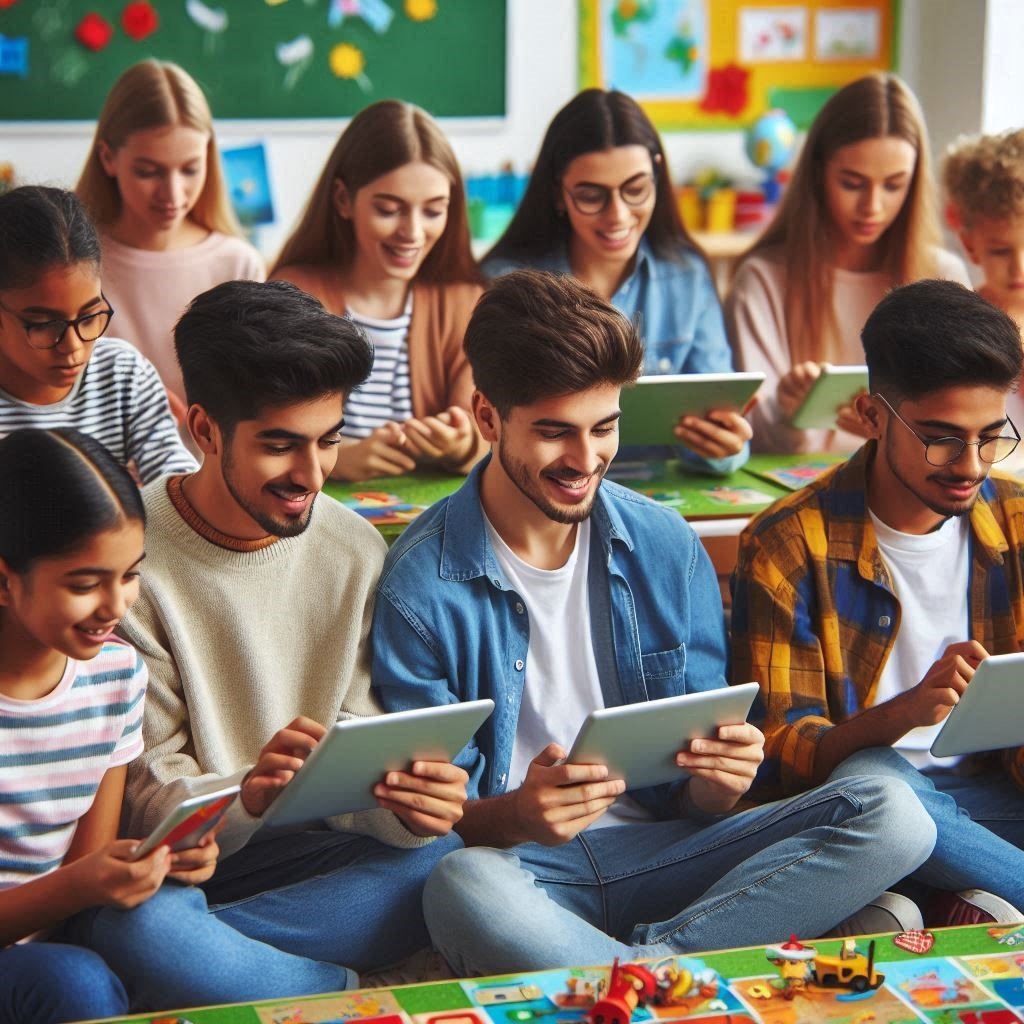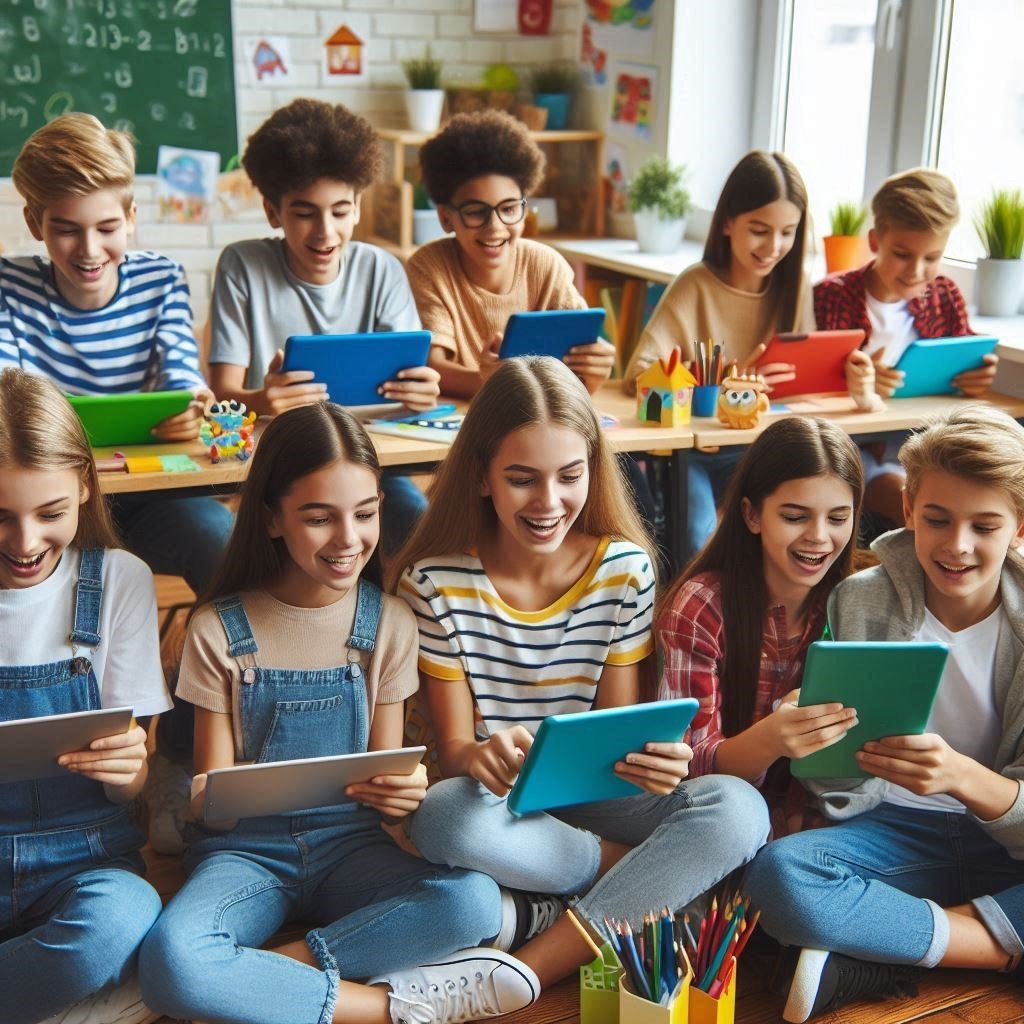Of late, the use of gamification in education has developed a forward movement as instructors and organizations seek ways of attracting students and enhancing the growth opportunity. The use of gamification in education involves adapting the structures and mechanisms of the components and standards of the game plan into non-game contexts, thereby transforming ordinary learning environments into playful testing and reward experiences. In this particular article, the concept of gamification in training is explored, and the prospects, implementation methods, and challenges are discussed.

What do you understand as gamification in training?
The use of gamification in education refers to consolidating private focuses, IDs, opposition rosters, and records into instructive substances and cycles. As opposed to using the element of competition that is always inherent within man—accomplishment and recognition—gamification aims at fostering engagement, attentiveness, and overlearning among students.
Major Features in Schooling
- Focuses and Rewards: Subordinates get targets for completing tasks or achieving goals, receiving immediate feedback and a sense of accomplishment.
- Identifications and Accomplishments: The objects gained and demonstrated by understudies create a great sense of satisfaction and achievement.
- Lists of competitors: mature rankings that allow understudies to evaluate themselves with friends, facilitating healthy competition and motivation.
- Levels and Movement: An efficient progression that provides purpose and direction throughout the learning process simultaneously.
- Accounts and Narrating: Including educational content amid fun experiences to build up the setting and near and dear endeavor.
Pros of Gamification in Schooling
Gamification in education offers various benefits for the two understudies and teachers.
- Expanded Commitment: Being built upon the natural desire of understudies for play and contest, gamification enhances learning processes, making them more enjoyable.
- Improved Inspiration: Gamification in education provides ultimate goals, sharp immediate criticism, and no doubts about the rewarding process, encouraging learners to stay motivated and never give up on learning.
- Further developed Maintenance: Learning-related possibilities for development are more marked, allowing better retention in the long haul of knowledge and skills.
- Customized Learning: Due to the versatility and individual learning approaches in gamification, it addresses the issues of a versatile difficulty level as well as the differing abilities of the learners.
- Advancement of 21st Century Abilities: By playing the exercises, understudies can enhance imperative thinking, analysis, important collaboration, and information innovation aptitudes.
Bringing the strategy of gamification into use in schooling
Effectively incorporating gamification into instructive settings requires cautious preparation and thought.
- Line up with Learning Targets: Ensure that the game elements are designed to fulfill and progressively establish exact learning outcomes rather than serving as distractions.
- Balance Challenge and Expertise: Organize beautiful and not-too-difficult exercises so that there is a state of flow for maximum engagement.
- Give Significant Decisions: Provide understudies organization in their learning process by offering different ways to advancement and great opportunities for navigation.
- Empower joint effort: integrate components that belong to group-based provokes and good components that will foster social learning and friend support.
- Use innovation admirably: develop sophisticated equipment and platforms to enhance the gamification process, but do not rely solely on technology.
Challenges in Gamification Execution
While the use of gamification in education offers various advantages, it likewise presents specific difficulties:
- Overemphasis on Extraneous Inspiration: There is a need to ensure that outer incentives do not overshadow characteristic incentives for learning.
- Plan Intricacy: Conventional growth opportunities that can be gamified require effortful investment, capital, and ability.
- Appraisal and Assessment: Some usual ways of assessment can be applied with modifications to assess the results of learning in conditions that are closely connected with gamification.
- Value and Availability: Ensuring that game aspects are accessible and engaging to all students can require much effort, especially considering students’ backgrounds or abilities.
- Adjusting Tomfoolery and Picking Up: Balancing the aspects of fun and education in the context of gamification in training is critical to the result of the process.
Contextual analyses: optimization of the use of gamification in training
- Duolingo: Contrary to other language-learning applications, this one employs focuses, levels, and streaks to engage the clients in daily practice.
- Classcraft: An informative pretending exercise that transforms the study hall space into a productive experience that fosters positive behavior and cooperation.
- Kahoot!: A prevalent test-based learning stage where assessments are reimbursed in the form of refreshing, cutthroat games.
- MinecraftEdu, an example of the famous sandbox game modified in the context of educational courses, shows where subjects go from history to software engineering in a picturesque atmosphere.
The Future Course of Gamification and Education
As innovation keeps on developing, the use of gamification in education willikelyw and change.
- Virtual and Increased Reality: Luminous developments will lend themselves to considerably more engaging and brilliant promotional business adventures.
- Computerized reasoning: computer-based intelligence-controlled frameworks will enable higher and more specific kinds of personalization and adaptive learning mechanisms that will take place in gamified environments.
- Blockchain and Advanced Identifications: Safe, non-ambivalent computing-based credentialing techniques will be superior to identifying and demonstrating learning outcomes.
- Gamification in Proficient Turn of events: The use of gamification in education
It will extend beyond the conventional study hall environs into work environment procuring and expertise development.
Conclusion
The use of gamification in education poses a robust strategy for managing the change to grab the opportunity for growth in a way that is seriously compelling, inspiring, and energy-inducing. When the standards of the game plan are fit and then adopted cautiously within the instructive surroundings, the teachers can build positive learning environments that echo today’s learners.
Of course, there are obstacles, but the potential opportunities that can be provided by gamification in training are significant. When learning innovations move forward and our vision of efficient learning systems expands further, the use of gamification in education will likely continue to evolve and play an unarguably crucial role in shaping the future of learning.
Thus, this clever innovation portrays how educators can pave the way to other approaches to create greater understudy contribution and success, preparing students for outcomes in a constantly developing society.

FAQs
Is innovation needed for gamification?
Even though many techniques of gamification affect sophisticated tools, applying gamification without technology is possible. It should thus be possible to achieve basic point frameworks, actual identifications, or even extensive ‘journeys’ with negligible tech.
In what mode does gamification impact understudy appraisal?
It can provide a more ordinary and timely review of student execution. It would also need modifications to typical quantification frameworks to enhance learning performance evaluations in gaming environments.


1 Comment
Pingback: Global and Comparative Education: Moving Between Societies by Learning - Haven Posts